
As far as we know, the universe is made up of fundamental particles like electrons and quarks. Everything we see in the universe, including ourselves, is the result of interactions between these particles. Fundamental forces mean interactions of elementary particles.

Four fundamental forces have been identified. They are gravitational force, electromagnetic force, weak nuclear force and strong nuclear force.
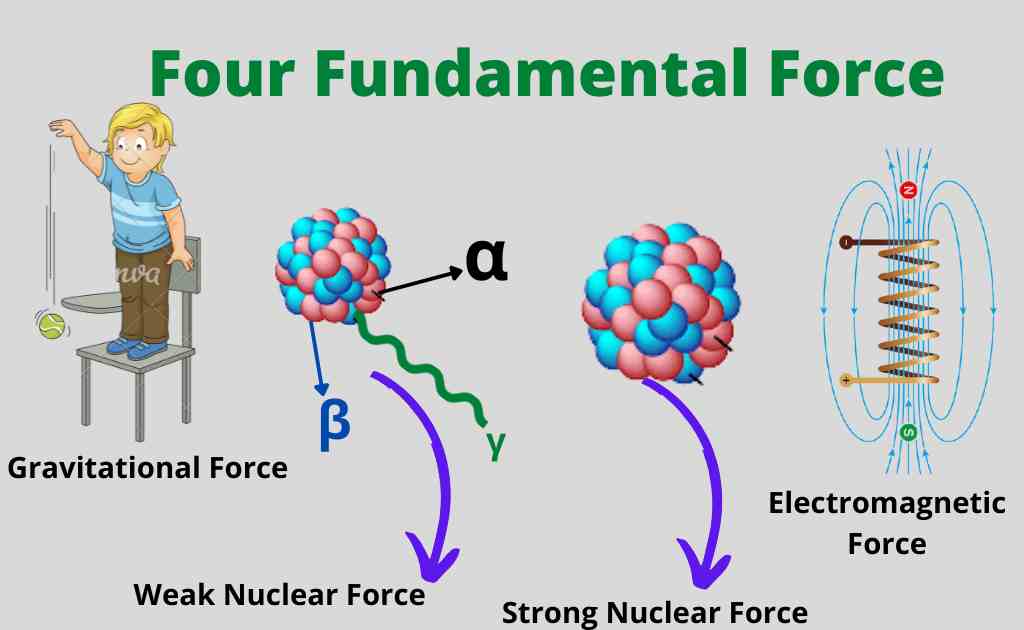
But particle experiments now being conducted at SERN and Fermilab cast doubt on the possibility of a fifth fundamental force. Or there may be particles that cannot yet be predicted. If the experimental results are accepted by the scientific world, the laws of physics must be dismantled or additions made. It will usher in a new era in particle physics.
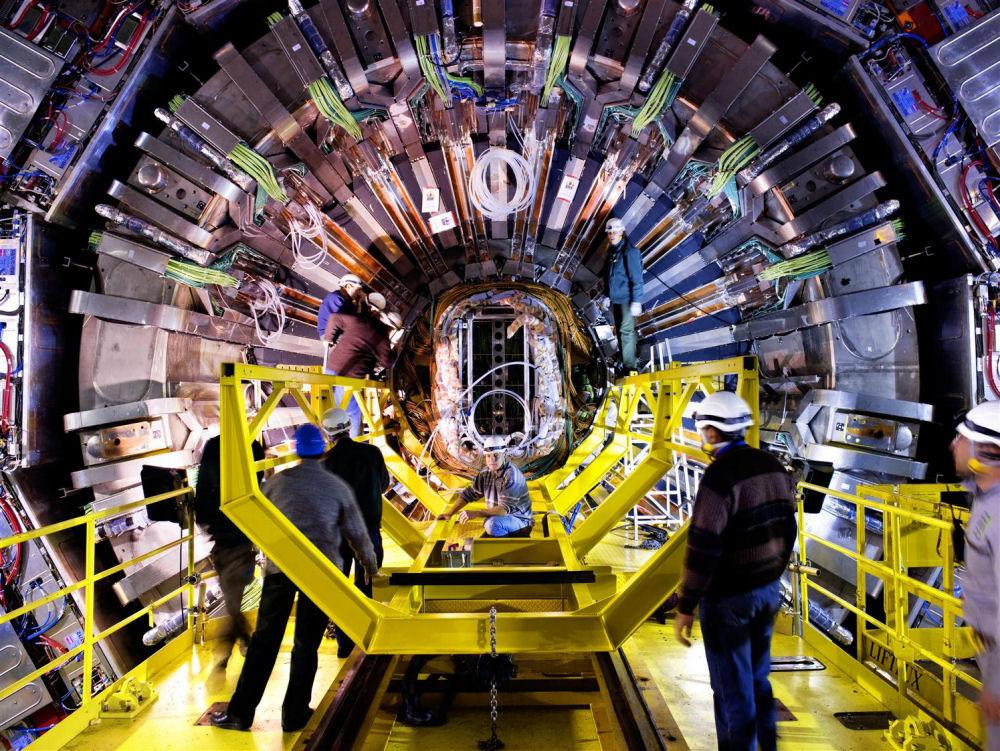
The first was the LHCb experiment at the Large Hadron Collider at CERN (European Organization for Nuclear Research). In this experiment using bottom quarks, the observed anomaly in the behavior of muons, a sub-atomic particle, does not match the predictions of the most stable theory of particle physics (Standard Model). Violation of Lepton Flavor Universality can be attributed to the presence of an unknown force or unknown particles. Leptons are elementary particles with low mass.
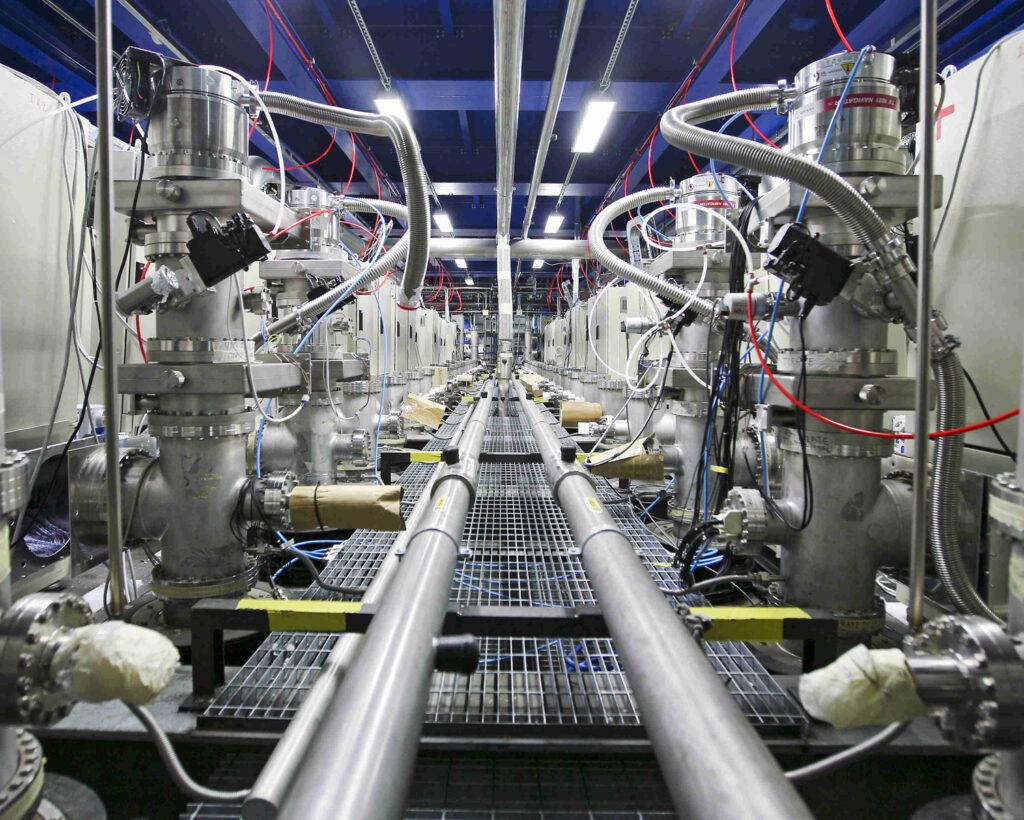
They have almost identical properties and equal reactivity. The leptons of the Standard Model are the electron, neutrino, muon, and tau particle. The LHCbeauty experiment at CERN found that the muon’s reactivity was inconsistent with the theory. This has forced scientists to suspect the presence of an unknown force.

Now a particle experiment conducted at the Fermi National Accelerator Laboratory (Fermilab) has also recorded an anomaly in the fluctuation of muons. The experiment at Fermilab is known as Muon g-2 (Muon g minus 2). A muon is a lepton that has an electrical charge like electrons. A muon has a mass of 207 times that of an electron.
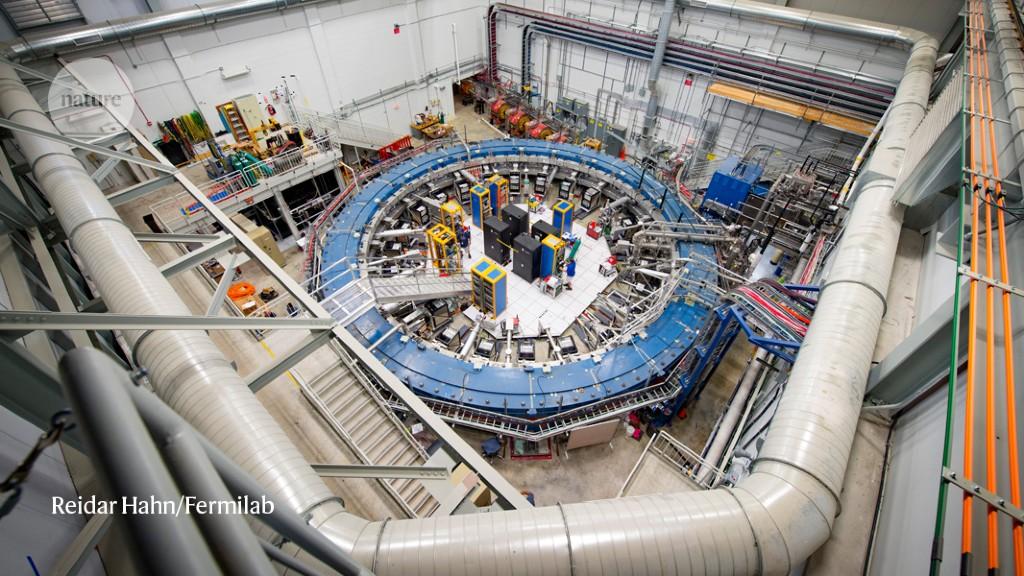
The muon has a half-life period of just 2.2 microseconds. Meanwhile they will decay into an electron and two neutrinos. Since the muon is a spinning, electrically charged particle, it also has a magnetic property.
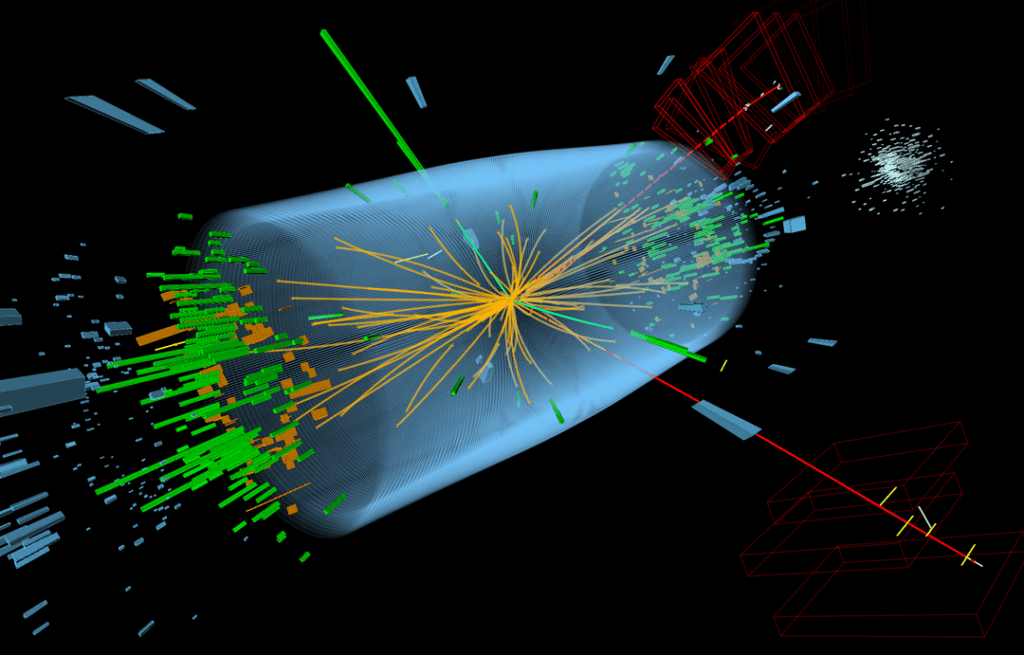
It is similar to a bar magnet. The magnetic moment of the muon can be calculated according to the parameters of the standard model. The true magnetic value of the muon is about twice this value. The letter g in the English alphabet is used to denote how many times the actual value is the magnetic moment.

The value of g predicted by the standard model is 2.00233183620. But the value obtained in g-2 experiment is 2.00233184122. This is a small difference, but not a small one in particle physics. This unpredictable behavior of the muon may be due to the presence of an unknown force. May be the fifth fundamental force. Might as well explain what dark energy is. Sigma 4.6 ( 99.93 %) recorded this test result is probably wrong. More than a year is needed to analyze the test results.
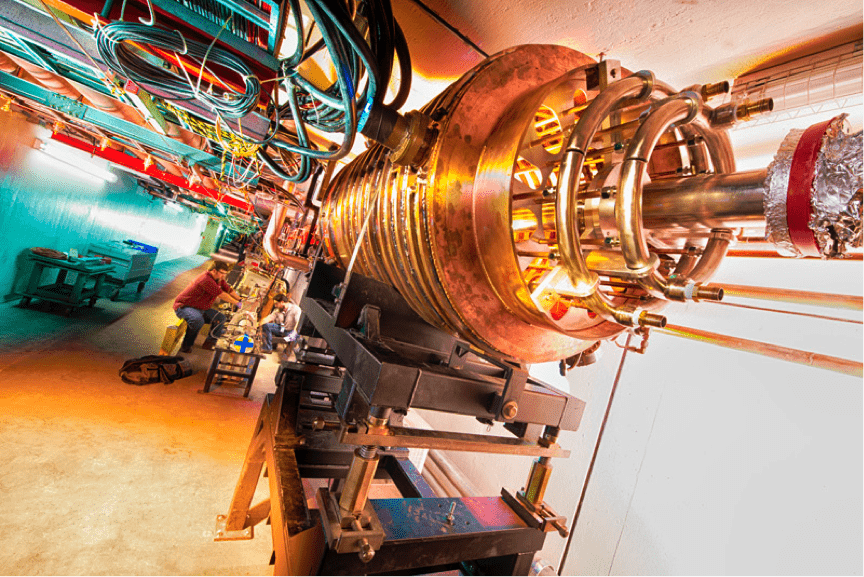
If the experiment succeeds, the fifty-year-old standard model will have to be radically revamped. New laws will be born in physics
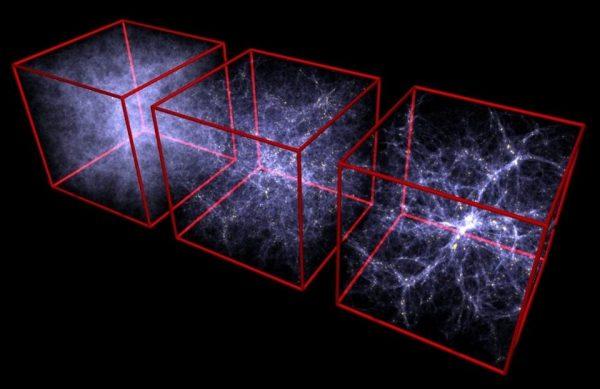

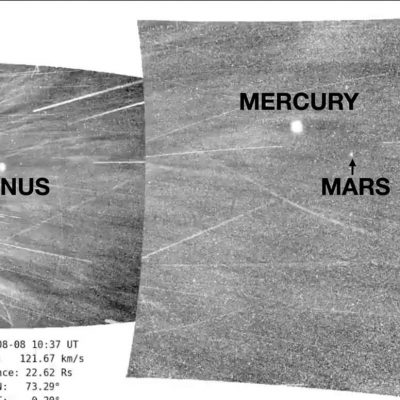
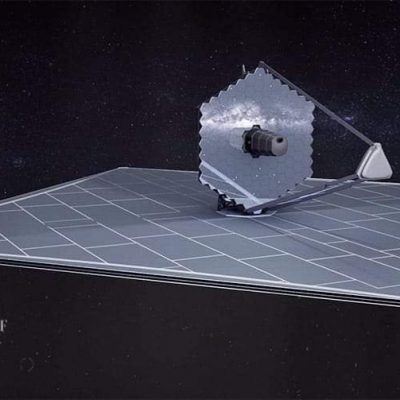

Recent Comments